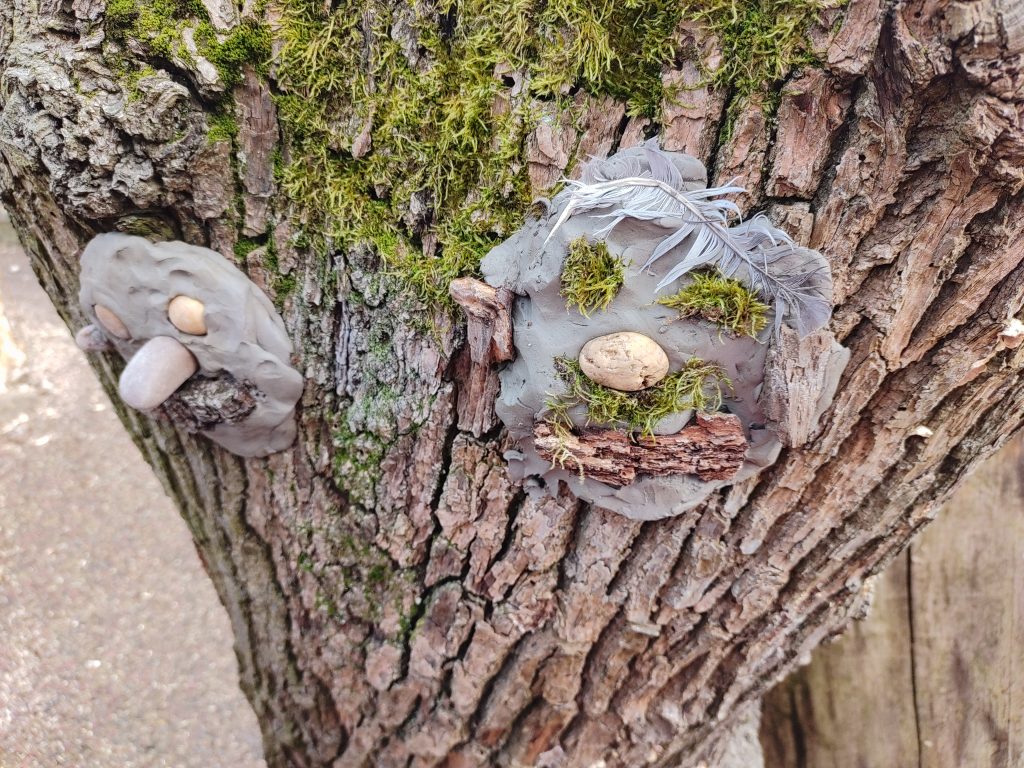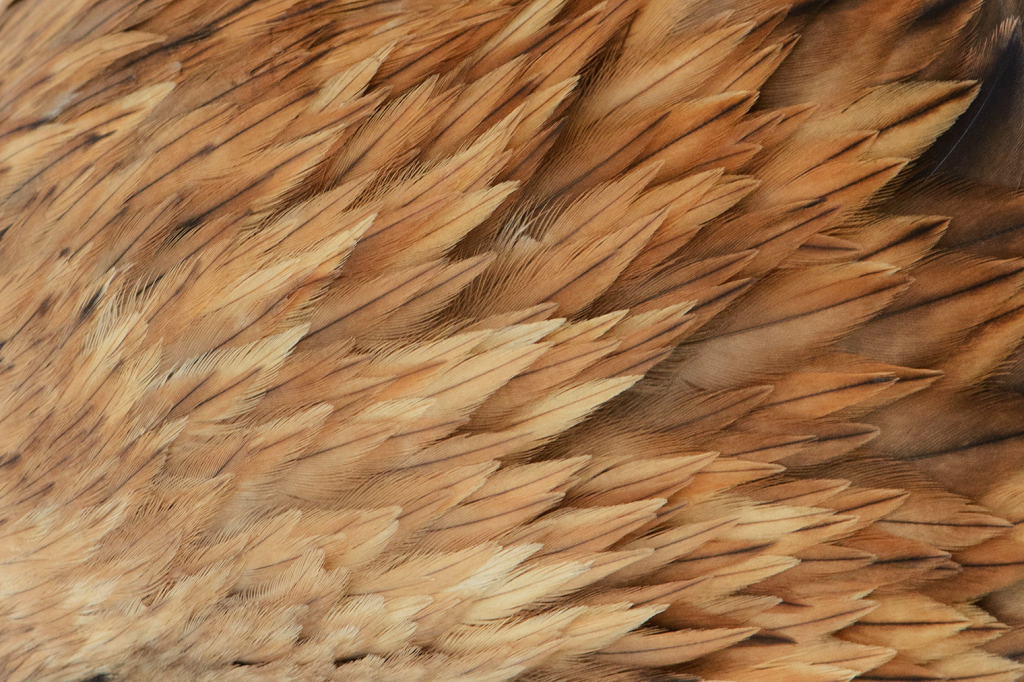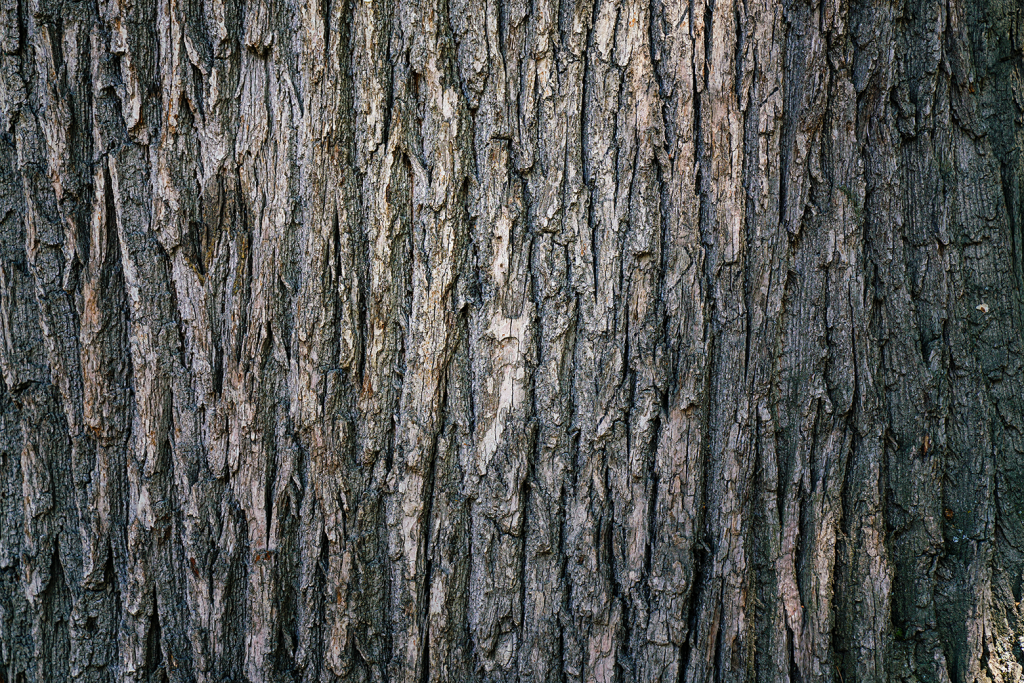SENSE
Sensory Explorations of Nature in School Environments
SENSE was one of 10 projects receiving funding to find digital solutions to pressing sustainability issues through the EPSRC Sustainable Digital Society call in 2021. The project is a collaboration between the Open University, University of Edinburgh, Imperial College London and Learning through Landscapes. The investigators on the project are:
Lead Investigator: Prof. Advaith Siddharthan (Knowledge Media Institute, The Open University)
Co Investigators: Prof Laura Colucci-Gray and Prof Andrew Manches (Moray House School of Education and Sport, University of Edinburgh); Dr Poppy Lakeman-Fraser (Imperial College London), Prof Stefan Rueger and Dr Nirwan Sharma (Knowledge Media Institute, The Open University), Dr Lisa Bower (School of Engineering and Innovation, The Open University)
Researchers: Jonathan Hancock (Moray House School of Education and Sport, University of Edinburgh) and Dr Riasat Islam (Knowledge Media Institute, The Open University).
Why the outdoors?
There is a critical link between low educational attainment and reduced access to nature and the outdoors for children living in poverty.
The environmental challenges of the day mean it’s never been more important to engage children with nature. Yet, many in the UK grow up with little or no access to the natural world.
We seek to develop technologies that foster greater interest in and appreciation of nature and the outdoors.
Why school grounds?
We emphasise school grounds as spaces that can be developed through wildlife-friendly gardening practices as equitable spaces for encounters with nature for all pupils, and develop a citizen science project to observe nature in such spaces.
We seek to amplify the capacity of school pupils, from diverse backgrounds, to influence and participate in scientific inquiry and conservation action.
Why haptic interfaces?
Our project develops technologies that encourage pupils to touch and feel, in order to provoke different scientific questions and inquiries and to help connect with nature. Why is a bumblebee so much hairier than a wasp? Why do oak trees have a rougher bark than beech?
The key aim is to enhance, rather than distract from or replace, experiences of and curiosity about nature. We expect the touch interfaces we develop to be useful for:
- drawing attention to nature, e.g. a child may have access to real trees but not be minded to touch them or question why they have different barks;
- making the untouchable tactile, e.g. through touching images of a badger;
- playing with scale, e.g. feeling images at microscopic (e.g. leaf veins) or macroscopic resolutions, or comparing textures of leaves over seasons; and
- continuing explorations of nature even when indoors, to sustain interest.



Publications and Media
To touch is to know: Haptic inquiry in primary citizen science. Laura Colucci-Gray, Jonathan Hancock, Andrew Manches, Stephen Mozier, Poppy Lakeman-Fraser, Julie Newman, Mike Dodd, Janice Ansine, Lisa Bowers, Riasat Islam, Stefan Rueger, Advaith Siddharthan. International Journal of Science Education. In press – 14 Apr 2025.
Haptic tech turns phones into multi-sensory nature learning tools. UKRI News (2021)
Researchers to test haptic tech in education. UKAuthorITy: Digital, Data and Technology for the Public Good (2021).
Open University Inaugural Lecture – Professor Advaith Siddharthan presents: How Society Ought To Engage With Nature, Science, and Technology
Teacher Resources
SENSE group leader support guide: SENSE Group Leader Support Guide .docx
2-Page guide to activities around exploring school grounds: Explore School Grounds
1-Page activity sheet on activities to explore our senses: Explore Senses – Upper Primary
1-Page activity sheet for creating pollinator finger puppets: finger puppets








